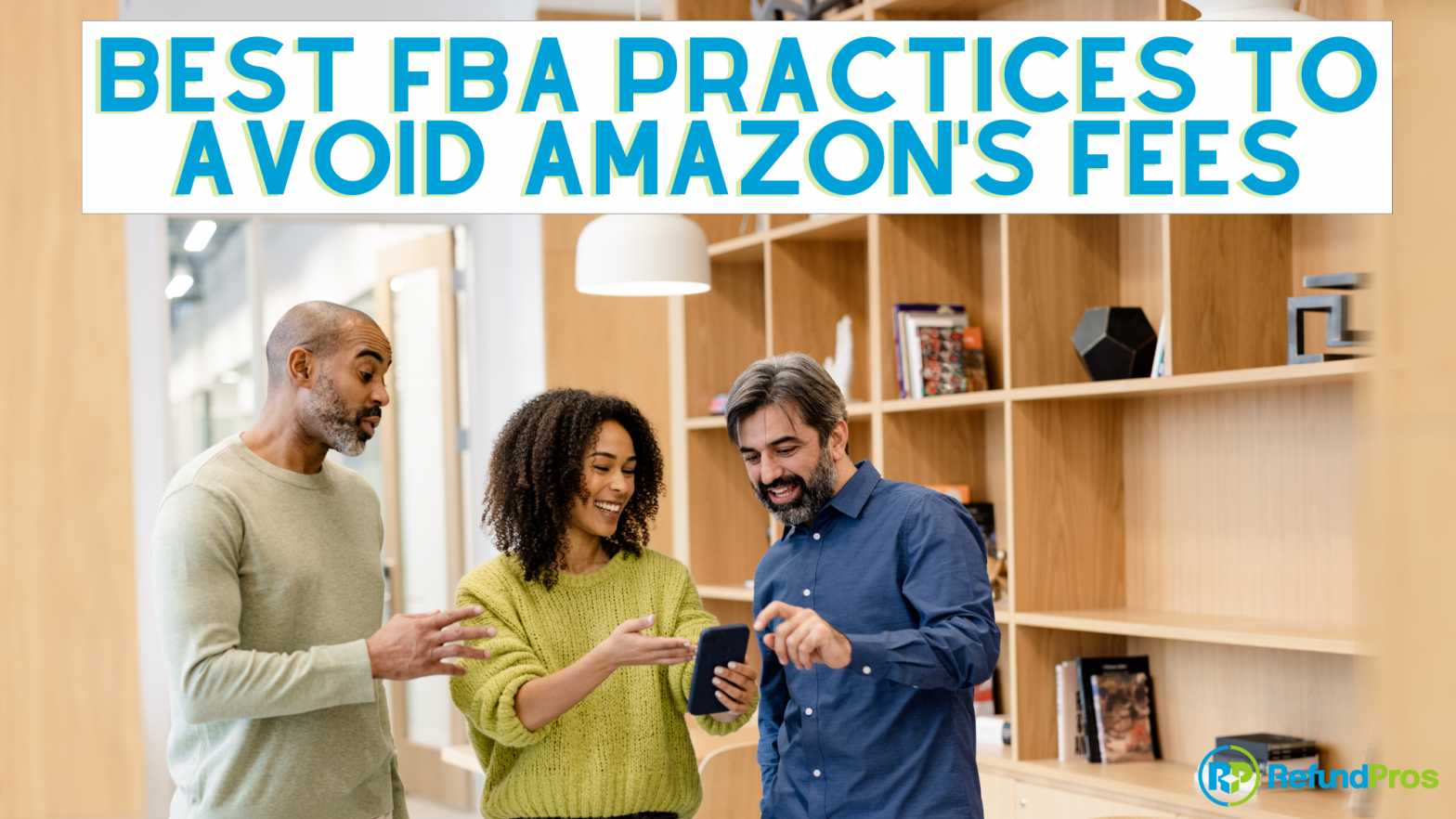For sellers utilizing Fulfillment by Amazon (FBA), understanding and navigating Amazon’s fee structure is crucial to maximizing profits. While FBA offers numerous benefits such as access to Amazon’s vast customer base and efficient logistics, it also comes with various fees that can eat into margins if not managed properly. To help FBA sellers mitigate these costs and optimize their profitability, here are some best practices to consider:
1. Choose the Right Product Pricing Strategy:
- Conduct thorough market research to determine competitive pricing for your products.
- Consider adjusting your prices strategically to account for Amazon’s fees while remaining competitive in the marketplace.
- Utilize tools and software to track competitors’ prices and adjust yours accordingly to maintain profitability.
2. Optimize Product Dimensions and Weight:
- Ensure accurate and optimized product dimensions and weight to avoid unnecessary oversize or overweight fees.
- Minimize packaging size and weight without compromising product safety to reduce fulfillment costs.
- Regularly review and update product dimensions to reflect any changes accurately.
3. Minimize Long-Term Storage Fees:
- Monitor inventory levels closely to avoid excess stock that may lead to long-term storage fees.
- Utilize Amazon’s Inventory Performance Dashboard to identify slow-moving inventory and take proactive measures such as running promotions or liquidating stock to avoid storage fees.
- Opt for Amazon’s FBA Small and Light program for products that qualify, as they are exempt from long-term storage fees.
4. Utilize Amazon’s FBA Fee Calculators:
- Take advantage of Amazon’s FBA fee calculators to estimate fulfillment and storage costs accurately.
- Use these calculators to compare costs across different fulfillment channels and make informed decisions about the most cost-effective options for your business.
5. Monitor and Optimize Fulfillment Costs:
- Regularly review and optimize your shipping plan to minimize inbound shipping costs to Amazon fulfillment centers.
- Consider consolidating shipments and utilizing Amazon’s partnered carriers to take advantage of discounted shipping rates.
- Opt for Amazon’s Multi-Channel Fulfillment (MCF) service to fulfill orders from other sales channels, leveraging Amazon’s infrastructure while potentially reducing fulfillment costs.
6. Implement Efficient Inventory Management Practices:
- Implement just-in-time inventory management practices to minimize storage costs and avoid overstocking.
- Utilize demand forecasting tools and historical sales data to anticipate demand accurately and adjust inventory levels accordingly.
- Leverage Amazon’s Inventory Placement Service to consolidate inventory in a single fulfillment center, reducing shipping costs and minimizing fulfillment fees.
7. Stay Informed About Fee Changes and Policies:
- Keep abreast of updates to Amazon’s fee structure and policies to adapt your pricing and operational strategies accordingly.
- Regularly review Amazon’s seller forums, newsletters, and announcements to stay informed about changes that may impact your business.
- Consult with third-party experts or organizations specializing in Amazon seller support to gain insights and guidance on navigating fee-related challenges.
By implementing these best practices, FBA sellers can effectively manage Amazon’s fees and optimize their profitability. With careful planning, monitoring, and adaptation, sellers can leverage the benefits of FBA while mitigating the impact of fees on their bottom line, ultimately maximizing their returns in the competitive e-commerce landscape.
And…if you haven’t thought about it, consider that partnering with RefundPros offers FBA sellers an additional layer of protection and potential revenue recovery beyond fee optimization. We specialize in auditing FBA transactions to identify instances of late deliveries, lost or damaged inventory, and incorrect fees.
By leveraging our expertise and automated processes, sellers can reclaim money that would otherwise be lost due to these common issues and maximize their profitability at every turn. Embracing these best practices alongside the expertise of RefundPros ensures FBA sellers are equipped to thrive in the competitive landscape of e-commerce on Amazon.






